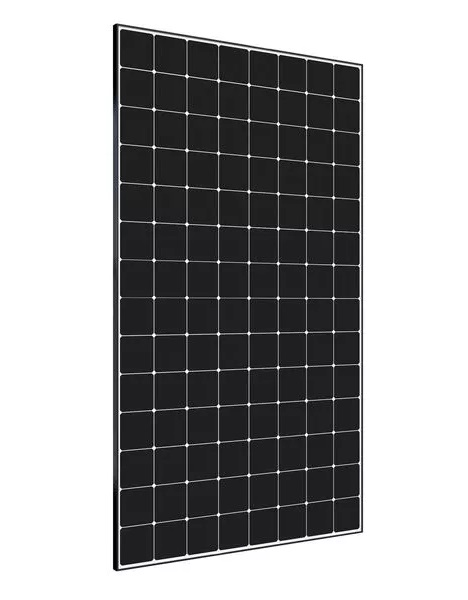


Planning to invest in a solar farm in Australia? Understand regulations, approvals, and incentives to boost your renewable energy project success.
Australia’s renewable energy sector has been growing at a remarkable pace, and solar farms are at the forefront of this transformation. With vast land availability, high solar exposure, and supportive government policies, Australia has become one of the most attractive destinations for large-scale solar projects. However, before investing, it’s essential to understand the solar farm regulatory landscape in Australia, as it directly impacts project planning, timelines, and profitability.
Solar farms require more than just panels and land—they demand careful compliance with state and federal laws. The regulatory framework ensures projects meet environmental standards, protect cultural heritage sites, and integrate seamlessly into the national grid. For investors and developers, knowing these rules upfront can save months—if not years—of costly delays.
In Australia, solar farm regulations operate at both federal and state levels:
Federal Regulations – Overseen by agencies like the Clean Energy Regulator (CER), these rules cover renewable energy targets, carbon credits, and large-scale generation certificates (LGCs). Compliance with the Renewable Energy (Electricity) Act 2000 is crucial for earning LGCs, which can significantly improve project returns.
State and Territory Regulations – Each state has its own planning, zoning, and environmental assessment requirements. For example:
NSW: Large-scale projects may require approval under the Environmental Planning and Assessment Act 1979.
Queensland: Developers often need to work closely with the State Assessment and Referral Agency (SARA).
Victoria: Planning permits are mandatory for renewable energy facilities over a certain capacity.
Understanding the state-by-state differences is critical, as timelines and requirements vary significantly.
A key part of the regulatory process involves environmental and cultural heritage assessments. These ensure that solar farms do not harm biodiversity or damage culturally significant sites. Developers must:
Conduct Environmental Impact Assessments (EIA)
Consult with Indigenous communities where necessary
Comply with biodiversity offset requirements if habitats are disturbed
Skipping these steps can lead to legal challenges and project shutdowns, so early engagement with environmental agencies is highly recommended.
Another crucial factor in solar farm development in Australia is securing a grid connection agreement. The Australian Energy Market Operator (AEMO) manages this process, ensuring that renewable energy projects integrate into the grid without causing instability. This stage involves technical assessments, connection fees, and compliance with National Electricity Rules (NER).
Grid congestion is becoming a growing challenge in some regions, making early applications and strategic site selection vital for success.
Government policies play a significant role in encouraging solar investment in Australia. The Large-scale Renewable Energy Target (LRET) scheme and various state-based rebates offer financial incentives to developers. These benefits can offset setup costs, improve return on investment, and encourage more projects to reach completion.
For a deeper look into the financial advantages, you can read the blog The Benefits of Investing in Solar Farms in Australia in 2025 on Aussie Home Improvement. It explores how regulatory compliance, paired with incentives, can lead to substantial long-term gains.
Engage Early with Regulators – Start conversations with both state and federal agencies during the project’s feasibility stage.
Understand Local Planning Rules – Rural zoning laws, environmental restrictions, and heritage protections vary by location.
Secure Grid Access Early – Delays in connection approvals can push projects back significantly.
Work with Specialist Consultants – Lawyers, environmental scientists, and energy market experts can help avoid compliance pitfalls.
Leverage Incentives – Stay informed on changing policies to maximise financial benefits.
The regulatory framework for solar farms in Australia is complex but manageable with the right planning and expertise. By understanding both state and federal requirements, engaging in early consultations, and making use of government incentives, investors can successfully navigate the system and bring their projects to life.
Aussie Home Improvement encourages anyone considering a solar farm investment to approach the process strategically—balancing compliance with financial opportunities. With Australia’s commitment to renewable energy, there has never been a better time to explore the potential of large-scale solar development.
